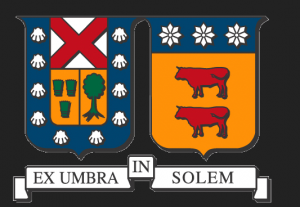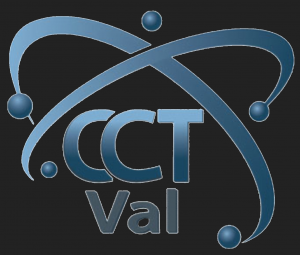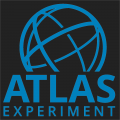Particle Detector Technologies. ATLAS muon system upgrade
Research Group Members

Serguei Kuleshov
Theory Meets Experiment at ATLAS LHC
George Mikenberg
Theory Meets Experiment at ATLAS LHC
William Brooks
Theory Meets Experiment at ATLAS LHCATLAS muon system upgrade
- The technology of particle physics detectors integrates detector components, data acquisition electronics and software, advanced computer simulations, detector event reconstruction software, cryogenic technologies, and fast signal processing. In addition to integrating these three areas, it is a natural thrust for enhancing our international collaboration with ATLAS at the CERN LHC in particularly through contributions to upgrades of the detectors at this laboratory.
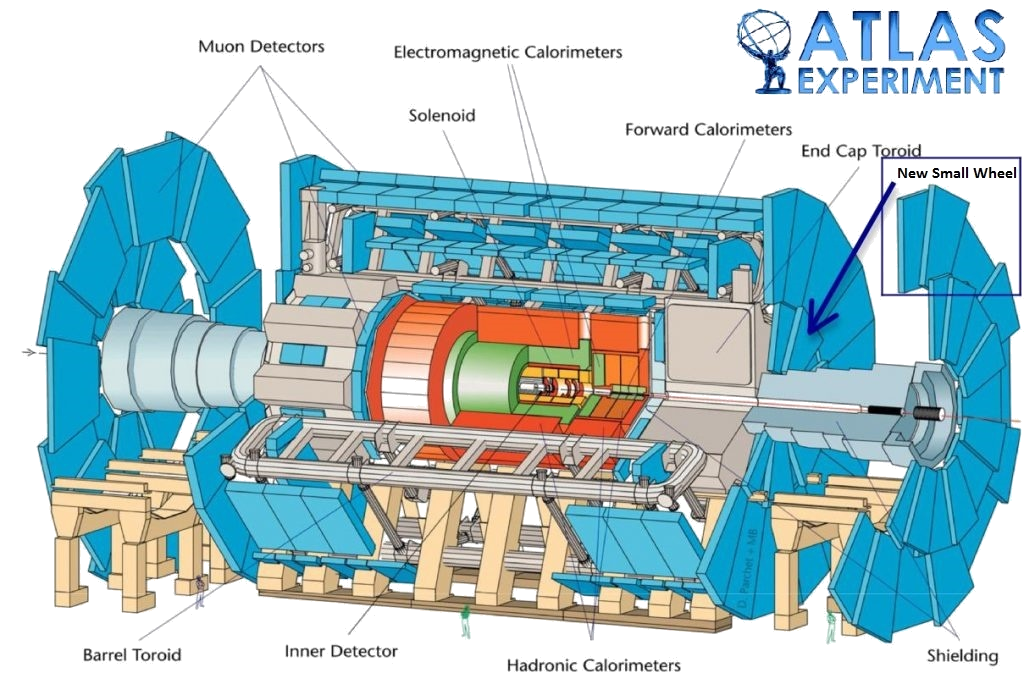
The ATLAS Detector, CERN
- We are beginning the new activity of making an important contribution to the ATLASmuon system upgrade, which will take place over the next four years. This will involve building 140 new muon detectors that will permit ATLAS to operate with the new, much higher luminosity in 2018 following the upgrade of the LHC.
- We also propose to take on a major role in the upgrade of theATLAS Zero Degree Calorimeter, a detector, which has been very important in several of our physics analyses. The LHC complex will be upgraded in several phases. Following the long shutdown of 2013/14, the accelerator energy will be increased to close to 7 TeV per beam, and the luminosity will reach the design value of 1×1034 cm-‐2s-‐1. At the second long shutdown will be in 2018, the accelerator luminosity will be increased to (2-‐3)×1034 cm-‐2s-‐1 and ATLAS will collect about 100 fb-‐1/year. LHC detectors, ATLAS, CMS, LHCb and ALICE are working on upgrades, which must be completed in 2018.
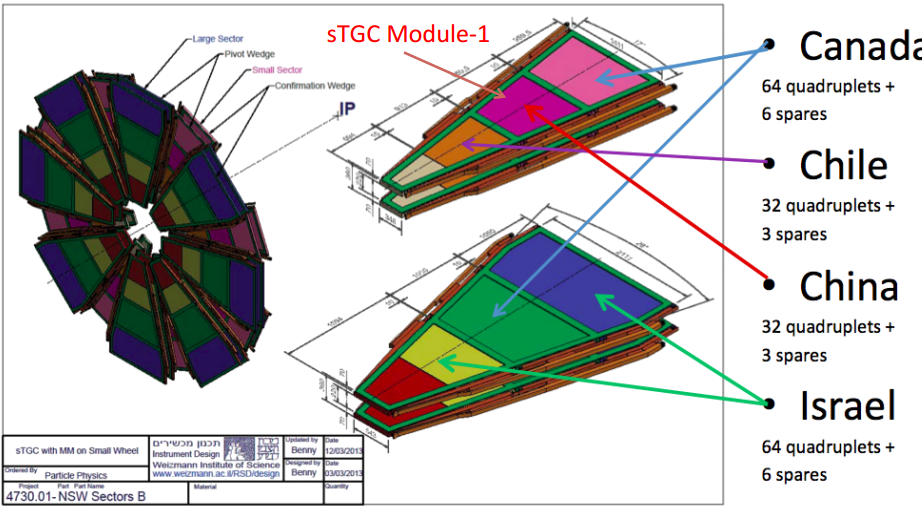
New Small Wheel & sTGC fabrication collaboration between countries.
- The upgrade of the ATLAS muon spectrometer focuses on the end-‐cap region (Small Wheel). The main requirement for the upgrade for the Muon System [1] is to trigger on low momentum leptons under background conditions that are much harder than at the present LHC machine. This requirement impose the replacement in the forward muon tracking region [2,3] with new detectors having simultaneous tracking and trigger capabilities, that can operate under very high background conditions from low energy photons and neutrons.
- The new small-‐strip Thin Gas Chamber (sTGC) system is going through a long phase of R&D [4] and testing to satisfy this requirement. As a representative of UTFSM S. Kuleshov participated in all ATLAS muon system meetings related to establishing collaboration for the upgrade [see the attachment] called as New Small Wheel Project (NSW project) and participated in sTGC beam tests since 2012. As result the Chilean cluster formed by UTFSM and PUC (Santiago) was accepted as a member of ATLAS muon collaboration (see Anexo 1).
- The Chilean cluster took a responsibility of 15% all sTGC production, participation in the R&D program and assembling and installation of NSW in ATLAS. In 2014 CONICYT signed the MOU.
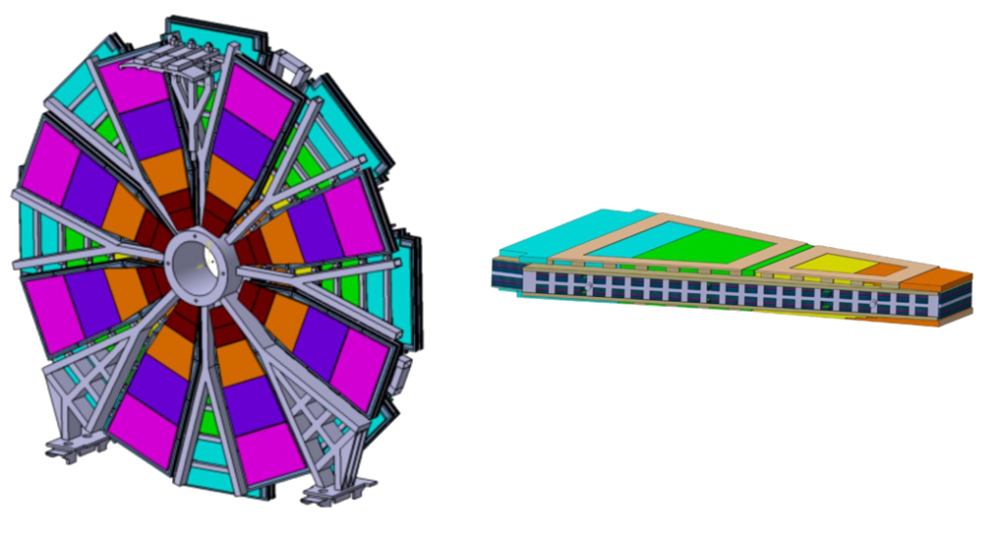
New Small Wheel and Small Thin Gap Chamber representations.
- The Ring will support the New Small Wheel project to make an important contribution to the ATLAS muon system upgrade, which will take place over the next four years. This will involve building 140 new muon detectors that will permit ATLAS to operate with the new, much higher luminosity in 2018 following the upgrade of the LHC. This will bring several substantial benefits to Chile in the form of an infrastructure for the construction of world-‐class particle detectors, advanced training for many students and technicians, and a technology capability that can also be used for port security, cosmic ray studies, and many other purposes.
- NSW project has wide R&D and test beam program aimed at research of sTGC radiation hardness, sensitivity to neutrons and production quality control. The collaboration hastest beam in North Area of SPS and will provide 2 beam tests (1 month long each) every year during 2014-‐2018. And Chilean Cluster is going to send 2 scientists, 2 post.doc., 2 engineers and 2 students for a participation in beam tests every year.
- The sTGC Manufacturing Data can be found here: Module-0 Database
- The sTGC Technical Design Report can be found here: sTGC TDR
References
[1] ATLAS New Small Wheel. Technical Design Report. CERN-‐LHCC-‐2013-‐006, ATLAS-‐TDR-‐20-‐2013, June 2013
[2] A THIN MULTIWIRE CHAMBER OPERATING IN THE HIGH MULTIPLICATION MODE, S. Majewski, G.Charpak, A.Breskin and G.Mikenberg, NIM 217 (1983) 265-‐271
[3] Thin Gap Chamber upgrade for SLHC: Position resolution in a test beam. V. Smakhtin , G. Mikenberg, A. Klier, Y. Rozen, E. Duchovni, E. Kajamovitz, A. Hershenhorn NIM A 598(2009) 196-‐200 Test beam performance studies with the sTGC.
[4] Y.Benhammou, M.Ben-‐Moshe, T.Dai, E.Duchovni, E.Etzion, N.Lupu, A.Khodinov, S.Kuleshov, G.mikenberg, D.Milstein, Y.Munwes, M.Shoa, V.Smakhtin, A.Vdovin, B.Yankovski, J.Yu


